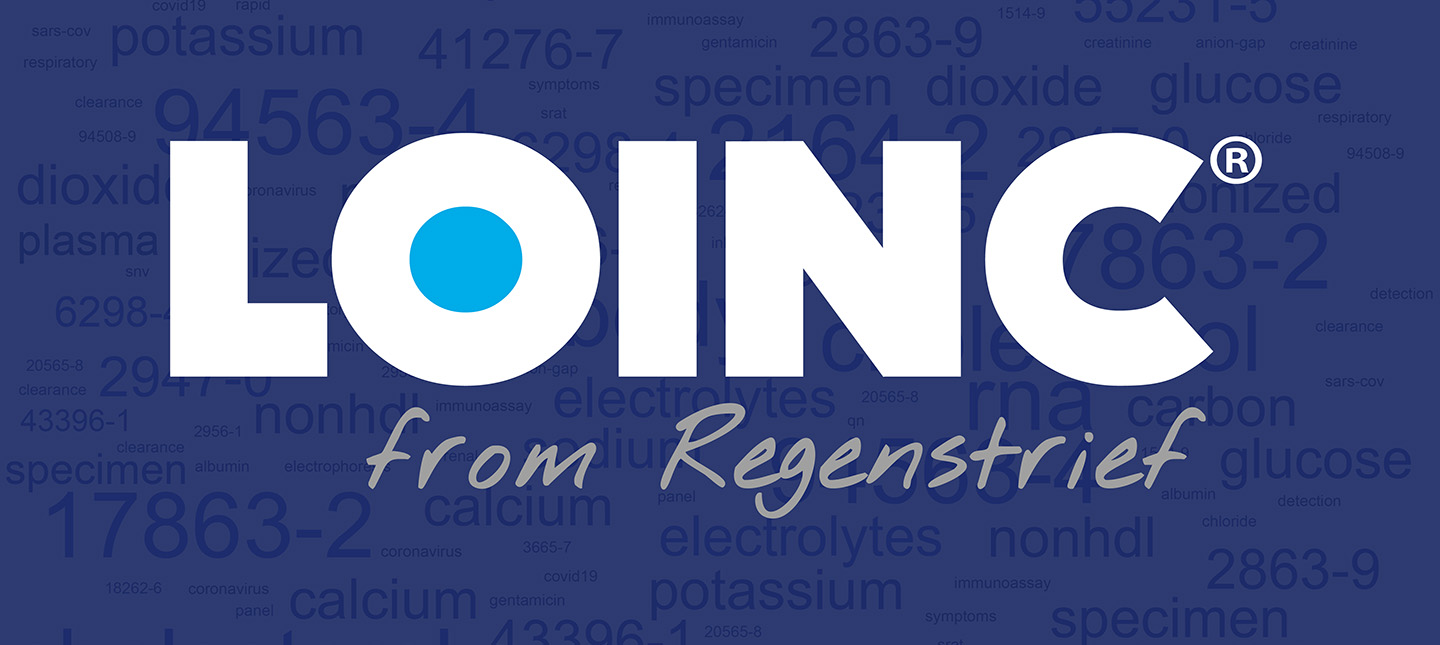Published in JAMA Dermatology. Here is a link to the article.
Regenstrief Institute authors: Rachel Patzer, PhD, MPH
Abstract
Importance: Despite the US Food and Drug Administration’s approval of adalimumab for the treatment of hidradenitis suppurativa (HS), prescription rates remain low, indicating a critical gap between evidence-based guidelines and clinical practice. Understanding the medical decision-making process that these patients use when considering biologic agents and other HS therapies may uncover opportunities for improved patient-physician communication and HS disease control.
Objective: To elucidate factors that affect the medical decision-making process for patients with HS, with an emphasis on biologic therapies.
Design, setting, and participants: Open-ended semistructured interviews were conducted with English-speaking adults with HS (aged ≥18 years) recruited from 2 dermatology clinics that are part of Emory University School of Medicine in Atlanta, Georgia. All participants had an average 7-day pain score of 1 or higher on a 0- to 10-point numeric rating scale. Surveys were conducted between November 2019 and March 2020, and data were analyzed from December 2021 to August 2022. Data collection continued until thematic saturation was reached at 21 interviews.
Results: A total of 21 participants (median [IQR] age, 38.5 [27.9-43.4] years; 16 females [76%]) were included in the analysis. Almost all participants (96%) had Hurley stage II or III disease, and 15 (71%) had a history of adalimumab use. Suffering threshold, perceptions of treatment risk, treatment fatigue, disease understanding, and sources of information (included dermatologists, the internet, advertisements, and friends and loved ones) were identified as factors affecting participants’ decisions to initiate new treatments for HS.
Conclusions and relevance: Results of this qualitative study suggest that mitigating misconceptions about treatment risk, identifying gaps in disease knowledge, and emphasizing early treatment to prevent scarring and disease progression may empower patients with HS to engage in treatment planning and to try new therapies.
Affiliations
1Department of Dermatology, Emory University School of Medicine, Atlanta, Georgia.
2Morehouse School of Medicine, Atlanta, Georgia.
3Department of Dermatology, Donald and Barbara Zucker School of Medicine at Hofstra/Northwell, New Hyde Park, New York.
4Department of Dermatology, Duke University School of Medicine, Durham, North Carolina.
5Division of Palliative Medicine, Department of Family and Preventive Medicine, Emory University School of Medicine, Atlanta, Georgia.










